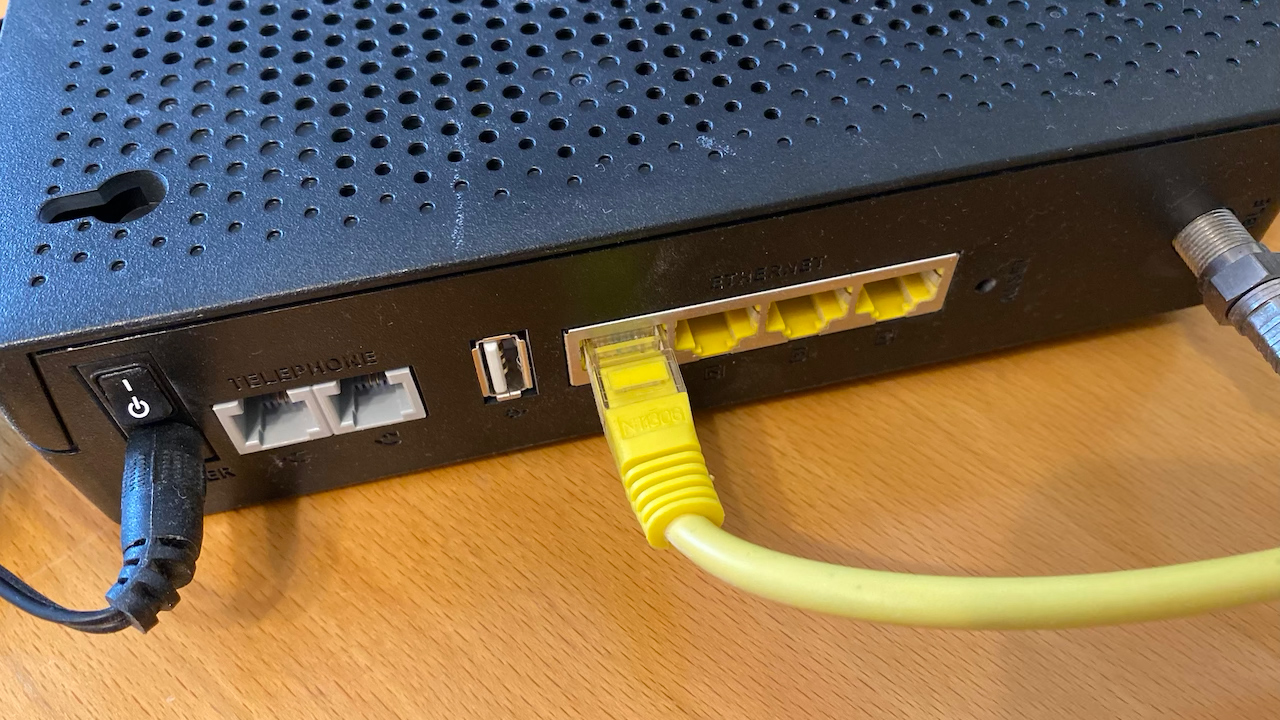Arm and NXP attempt to nudge Intel out a very lucrative market
Arm teams up with partners to democratize uCPE devices

Arm has announced it is teaming up with NXP Semiconductors, Telco Systems, and Vodafone to develop proof-of-concept CPE (customer premises equipment) that supports crucial services, yet consumes significantly less power and costs significantly less money than current devices.
Traditionally, customers premises equipment, such as routers or switches or wide area network controllers, were fixed-function devices that lacked manageability, flexibility, and scalability of servers. In the recent years, universal CPE (uCPE) based on powerful Intel Xeon processors have gained some serious traction as software-defined network functions can be relatively easily provisioned and reprogrammed.
But higher-end multi-core Intel Xeon processors are quite pricey, consume a lot of energy, yet much of their horsepower is not really needed by uCPE. This is where Arm and its partners come into play with relatively inexpensive and energy-efficient uCPE platforms.
- Best wireless routers: the best Wi-Fi for your home network
- Wi-Fi 6 routers: the best Wi-Fi 6 routers you can buy
- Best mesh Wi-Fi routers: the best wireless mesh routers for large homes
Arm(ed) uCPE
So far, Arm, NXP, Telco Systems, and Vodafone have developed an experimental uCPE device that runs a quad-core NXP Layerscape Arm Cortex-A72-based SoC and supports various enterprise services such as SD-WAN, routing, and firewall. The new platform can run cloud-native network function (CNF) and network functions virtualization (NFV) and can add or remove services, just like any regular uCPE. According to Arm, the proof-of-concept uCPE consumes only 35W, about one third the power of an x86-powered system.
Just like any other uCPE platform, the new SoC platform designed by Arm and NXP can scale. For example, an eight-core SoC can deliver more performance, whereas hardware accelerators can offload certain demanding workloads.
“Network operators can benefit from a solution that can scale from the smallest office or retail location all the way up to large national or regional offices while meeting stringent cost and performance objectives with a seamless, fully automated software,” said Eddie Ramirez, senior director of marketing, Infrastructure Line of Business, Arm. “The flexibility of the platform helps support remote deployment and management of services across multiple verticals. There is possibility to disrupt costs associated with network services through the Arm ecosystem that offers multi-vendor solutions.”
It is noteworthy that Arm and NXP are certainly not the only companies looking to use Arm cores for network infrastructure. In the past, the main obstacle for Arm SoCs — both in servers and software-defined networking equipment — was lack of software support, but the situation is slowly improving. As soon as Arm-based SoCs gain software support that is comparable to that of Intel CPUs, platforms like NXP’s Layerscape will become serious competitors to x86 CPUs on the CPE market.
Are you a pro? Subscribe to our newsletter
Sign up to the TechRadar Pro newsletter to get all the top news, opinion, features and guidance your business needs to succeed!
Sources: Arm, SDxCentral, eeNews Europe
Anton Shilov is the News Editor at AnandTech, Inc. For more than four years, he has been writing for magazines and websites such as AnandTech, TechRadar, Tom's Guide, Kit Guru, EE Times, Tech & Learning, EE Times Asia, Design & Reuse.